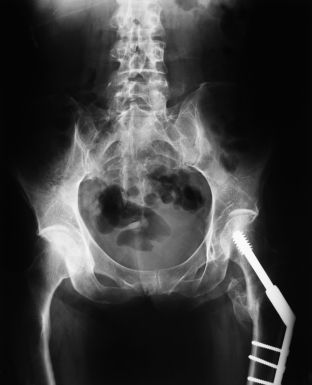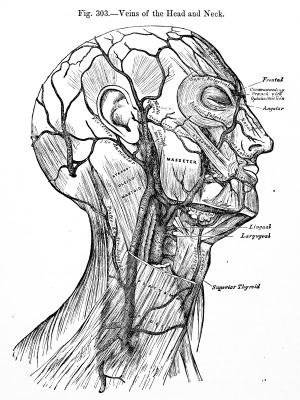Search
Another Example Of Nursing Home Negligence: Disabled Patient Falls Down Unsecured Stairway
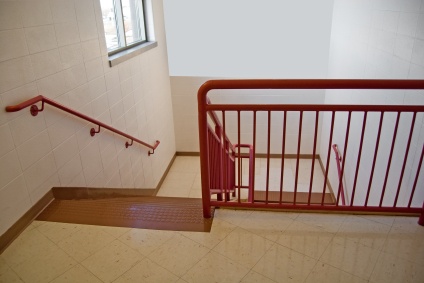 Sometimes I see news stories with such common fact patterns that I have to look at the date of the report as I frequently ask myself, “didn’t I just see this article?”
Sometimes I see news stories with such common fact patterns that I have to look at the date of the report as I frequently ask myself, “didn’t I just see this article?”
Unfortunately, the cycle of negligent nursing home care continues with seemingly never ending cycles of stories about patient injury and death.
And yes, many of these do have an erry resemblance to one another. If there’s one thread of similarity amongst many of these stories, it’s that the majority of these occurrences could likely have been avoided with a small dose of adequate judgment.
 Nursing Home Law News
Nursing Home Law News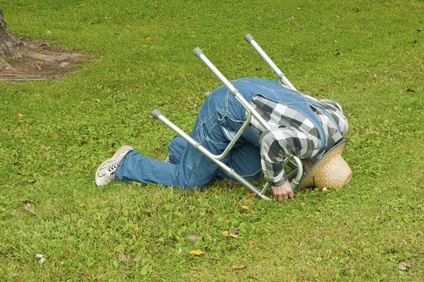



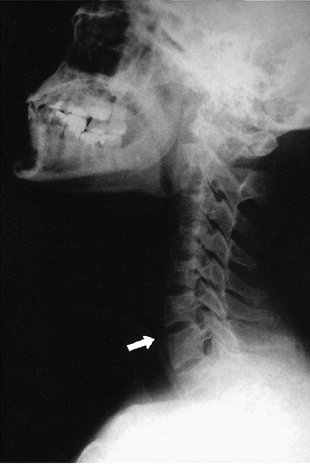
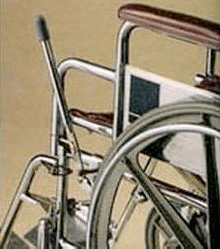
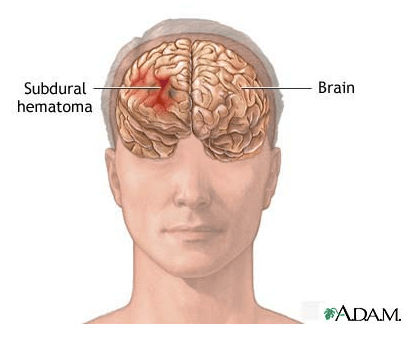

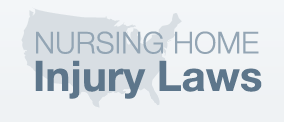 In times of need, locating necessary information regarding the legal rights and resources for nursing home patients can be difficult and imposing. In this respect, we are proud to introduce a new resource for patients, families and practitioners looking for a concise compilation of information regarding nursing home laws. Nursing Home Injury Laws, provides every states’:
In times of need, locating necessary information regarding the legal rights and resources for nursing home patients can be difficult and imposing. In this respect, we are proud to introduce a new resource for patients, families and practitioners looking for a concise compilation of information regarding nursing home laws. Nursing Home Injury Laws, provides every states’:
